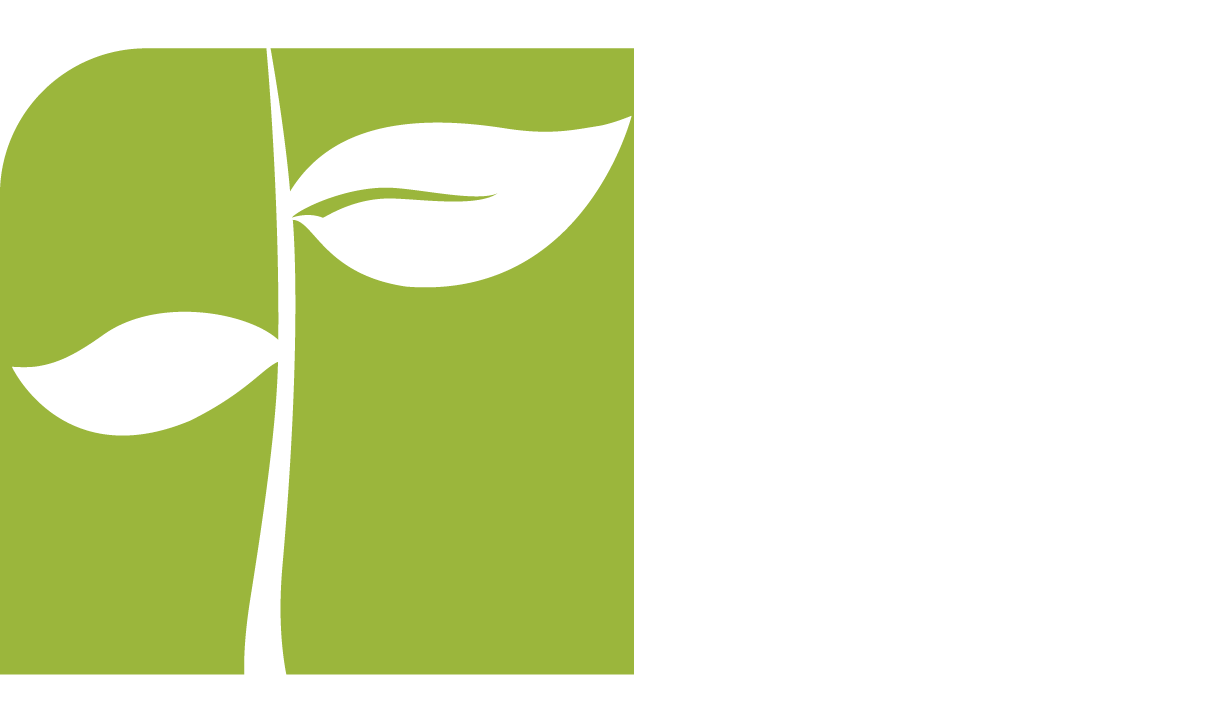In the last budget blog post, we talked about if good is really good enough. Let’s now focus on turning your budget process upside down to increase profitability. (This content was last reviewed and updated in 2025 to ensure relevance.)
So, have you done your benchmarking studies to determine how you’re performing relative to average? Perhaps you started to ask your team some really hard questions about where and why you need to change your business. One of the most useful things that I have found in doing the next step is really to turn your budgeting process upside down, and by that, I mean turning your income statement upside down.
Let’s walk through an example
Now that you have a good understanding of what EBITDA (Earnings Before Interest, Taxes, Depreciation, and Amortization) and net income you should be producing to be average or, hopefully, well above average, let’s start with that number and then work up your income statement instead of starting with revenues and coming down your income statement.
So, if you make 2% and the benchmark studies say that you should be making 10%, then start with that 10% and then examine your operating expenses (some people call that sales, general, and administrative expenses) and then within your COGS and margins to produce different outcomes.
I like to approach this exercise by saying there are no sacred cows. Anything that needs to be changed will be changed. That helps to make sure that everybody in the process has a vested interest and an emotional stake in making changes happen. Sometimes you can get push-back on pricing. “Oh, my gosh. We can’t increase our pricing and everything else.” But there are some pretty easy exercises because pricing is one of the most powerful things that you may want to consider. Pricing (not buying) will drop 100% to your bottom line other than maybe the commissions that you pay on increased margins. The remainder will drop 100% to your bottom line. It is one of the fastest ways possible to increase your profitability. Now, I know you’re thinking “Gosh, I have a whole bunch of competition and they’re going to overrun me if I start raising my prices.” They might if you raise it too high or on the wrong products.
What if you raise your prices by just 2%?
Is that going to put you out of whack with your customers? Even 1% has an incredible impact on your bottom line. With that said, there are some really good tools available that will show you how much of your customer base you could lose and still make more money. (If this is a tool you’re interested in, reach out to us later and I’ll make sure that you get it.) But it’s a great way of working with your salespeople to battle back and forth about the give and take of increased prices and possibly slightly fewer customers.
Next, examine all your inputs into your costs: labor productivity, purchasing of your raw materials, etc., and challenge your people to say, “What can change?” Some of that’s going to be pretty easy because of one-time expenses this year that won’t recur next year or a big project that you had to take on internally that will not recur. You can carve those out pretty quickly. The rest of it is where the fun and hard work starts to change how work is done.
Operating Expenses
Lastly, start looking at all the stuff that’s going on in your operating expenses. (Some people call that SG&A.) Within those areas, it’s really important to look at the combination between your margins—your gross margin per headcount—and how many people are in your administrative functions. That is the best way to make sure that you are never overspending on your operating expense. So, when you look at your benchmark studies, one overriding metric is going to be revenue per head, and you can use that relative to your operations to start determining where you might have too many costs relative to how productive you are. That doesn’t mean that you’re going to instantly start firing everybody out of your budget or cutting all the costs. What it will do is spotlight your core processes that may be wildly inefficient compared to what your competitors are doing.
Increase Profitability – This is gold when done well!
It’ll allow you to simplify your business. It’ll allow you to get rid of the unnecessary rework that’s going on within your business and allow you to grow without adding nearly as many costs. When done well, by examining your income statement from the bottom up, you’re going to discover some powerful things about your company when you start asking the right questions about why this is not equal to or better than the benchmarks and competitive sets. I’ll encourage you to do this as a recurring exercise as you go through your budgeting processes.
Good luck to you!


